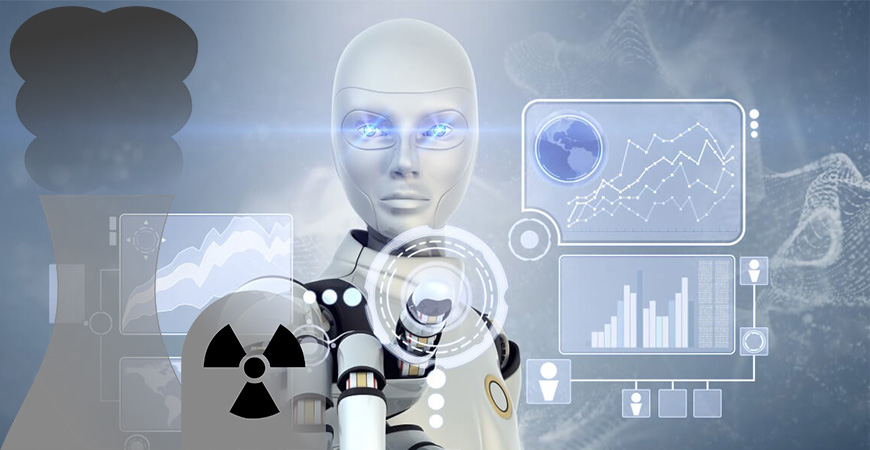The Growing Energy Needs of Artificial Intelligence
Artificial Intelligence (AI) systems are notorious for their high energy consumption. Feeding neural networks with internet data not only consumes immense electrical power but also necessitates robust cooling systems.
Tackling the Energy Challenge in AI
To combat this energy challenge, companies heavily vested in AI are exploring diverse solutions. Microsoft, currently at the forefront of AI innovation through its collaboration with OpenAI, is placing its bets on nuclear energy.
A New Trend in AI Development?
Microsoft’s approach could herald a trend that further propels AI’s evolution. If enterprises start relying on nuclear energy for their AI systems, this might pave the way for the development of larger, more potent systems.
Microsoft’s Nuclear Endeavors
In May, Microsoft entered into an energy procurement agreement with Helion Energy, a startup aiming to harness nuclear fusion for electricity by 2028. However, it’s believed this only constitutes less than 1% of Microsoft’s entire carbon-free energy contract portfolio. Furthermore, Microsoft has posted a job listing for a Nuclear Technology Program Manager to oversee its data centers, the backbone of its cloud and AI operations. The tech giant is keen on leveraging Small Modular Nuclear Reactors (SMRs) which are deemed safer than older reactor models and can further their commitment to reducing carbon emissions.
Concerns Surrounding Nuclear Energy
While nuclear energy holds promise, it doesn’t come without risks. A mishap at a nuclear power facility could be catastrophic. Pairing AI, which many deem a potential threat to humanity, with another formidable technology understandably raises eyebrows and concerns.

